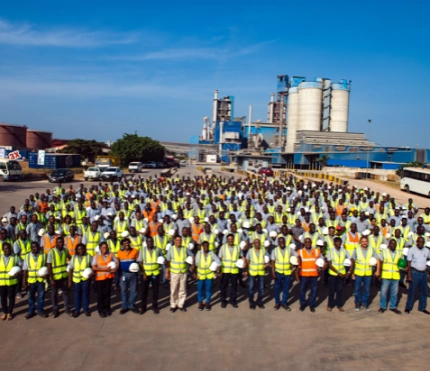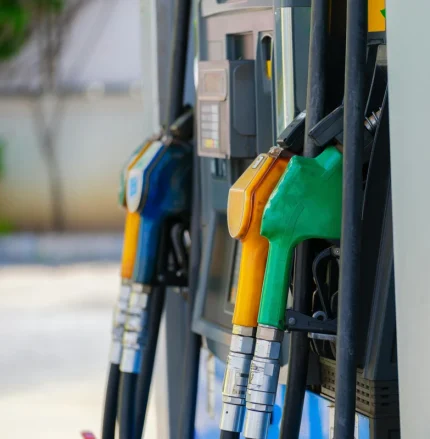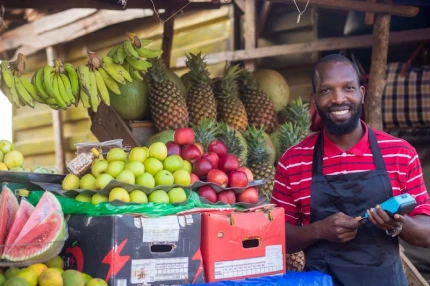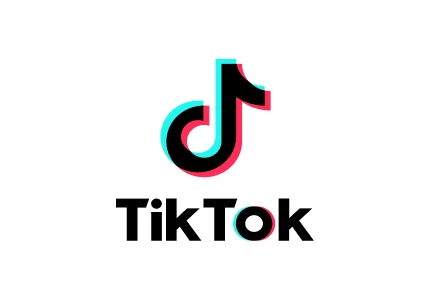Nigerian State Fuel Subsidy Savings
Nigerian State Fuel Subsidy Savings: Building Economic Resilience and Development Across the Nation
The removal of fuel subsidies in Nigeria marked one of the most significant fiscal policy changes in recent history. For decades, the Nigerian government subsidized fuel prices to make petroleum products affordable to citizens. However, this policy became financially unsustainable, draining public resources and encouraging inefficiencies within the oil and gas sector. In 2023, the federal government officially discontinued the fuel subsidy, redirecting the savings toward national and state-level development programs.
Today, Nigerian State Fuel Subsidy Savings represent a pivotal opportunity for states to use these redirected funds to promote economic growth, enhance infrastructure, and improve citizens’ welfare. This strategic reallocation of resources seeks to transform short-term economic challenges into long-term development benefits.

Background: Why the Fuel Subsidy Was Removed
Fuel subsidies were initially introduced to cushion the effects of global oil price fluctuations and keep local fuel prices stable. Over time, however, the program consumed trillions of naira annually. According to reports from the Nigerian National Petroleum Company Limited (NNPCL), the country spent more than ₦4 trillion in 2022 alone on fuel subsidies—more than the combined federal allocation for education and healthcare.
This expenditure placed immense pressure on national finances, limiting the government’s ability to invest in critical sectors like power, agriculture, transport, and industry. The subsidy system also encouraged smuggling and corruption, as subsidized fuel was often diverted to neighboring countries where prices were higher.
By removing the subsidy, Nigeria freed up significant funds that could be redirected to development initiatives managed by both the federal and state governments.
State-Level Fuel Subsidy Savings: Purpose and Structure
The Nigerian State Fuel Subsidy Savings program allows each of Nigeria’s 36 states and the Federal Capital Territory (FCT) to receive a portion of the national savings realized from subsidy removal. These allocations are managed under fiscal transparency frameworks to ensure that funds are used for projects that directly benefit citizens.
The key objectives of this initiative include:
- Economic stabilization: Supporting vulnerable households and small businesses affected by rising fuel costs.
- Infrastructure development: Reinvesting in transportation, energy, and education infrastructure.
- Social welfare programs: Providing cash transfers, food relief, and community support to ease the cost-of-living pressures.
- Employment generation: Creating jobs through public works, entrepreneurship grants, and skills development programs.
By decentralizing control of these funds, each state can tailor its subsidy savings program to the unique needs of its population and economic environment.
How States Are Using Fuel Subsidy Savings
Each Nigerian state has adopted its own strategy for deploying the fuel subsidy savings, reflecting its economic priorities and development challenges.
Lagos State
Lagos, Nigeria’s commercial hub, allocated a substantial portion of its savings to transportation and small business support. The government introduced discounted fares on the BRT buses and ferries, alongside grants for micro-entrepreneurs through the Lagos State Employment Trust Fund (LSETF). These measures aim to cushion residents from higher transportation and fuel costs.
Kano State
Kano has directed its savings toward agriculture and education. The state launched programs to provide farm inputs to local farmers, ensuring food security despite rising fuel expenses. In addition, part of the funds is being used to rehabilitate public schools and improve access to basic education.
Rivers State
Rivers State invested its subsidy savings in road and housing infrastructure, focusing on improving access roads in rural areas and providing affordable housing schemes for low-income families.
Oyo and Kaduna States
These states are implementing conditional cash transfer programs for low-income families and transport support schemes for civil servants and students. The goal is to provide direct financial relief while stimulating local economies.
Anambra and Delta States
Both states have channeled their savings toward skills acquisition programs and youth empowerment initiatives. By investing in vocational training and entrepreneurship, they aim to reduce unemployment and promote self-reliance.
These examples reflect how state governments are transforming the end of fuel subsidies into an opportunity for economic innovation and social progress.
Transparency and Accountability Mechanisms
To prevent misuse of funds, the federal government, in collaboration with the National Economic Council (NEC) and Nigeria Governors’ Forum (NGF), introduced strict transparency measures. States are required to publish periodic reports detailing how the fuel subsidy savings are spent.
Key accountability features include:
- Public financial disclosure through official state websites.
- Independent audits of subsidy savings expenditures.
- Community monitoring committees ensuring funds reach target beneficiaries.
- Collaboration with civil society organizations (CSOs) for oversight.
These mechanisms are designed to promote fiscal discipline and ensure the benefits of the program reach ordinary Nigerians.
Economic and Social Impact
The redirection of fuel subsidy savings has already begun to yield tangible results across Nigeria. Some of the positive impacts include:
- Reduced poverty levels through direct cash assistance and livelihood programs.
- Improved transport systems due to investments in public transit and road infrastructure.
- Job creation through small business grants and youth empowerment programs.
- Enhanced agricultural productivity as states reinvest in local farming initiatives.
- Community resilience through renewable energy projects and social welfare schemes.
Over time, these state-level initiatives are expected to stimulate economic diversification, reduce dependency on oil revenues, and enhance Nigeria’s fiscal sustainability.
Challenges and Opportunities
Despite the progress made, states still face challenges in managing fuel subsidy savings effectively. Inflation, rising transportation costs, and public skepticism have created hurdles in implementing some programs. Additionally, delays in fund disbursement and inconsistent monitoring in certain states have slowed progress.
However, the opportunities far outweigh the challenges. If managed efficiently, these savings can serve as a catalyst for inclusive economic growth, reduce inequality, and strengthen fiscal autonomy among states. The program also provides a foundation for sustainable energy transition, encouraging states to invest in renewable power and cleaner transportation alternatives.
Thoughts about it
The Nigerian State Fuel Subsidy Savings initiative represents a bold and transformative shift in public finance management. By redirecting billions of naira previously spent on fuel subsidies into tangible development programs, states are taking ownership of their economic futures.
From Lagos to Kano, Oyo to Rivers, state governments are demonstrating how fiscal responsibility and innovation can drive sustainable growth. As the program continues to evolve, transparency, accountability, and effective governance will be key to ensuring that every naira saved truly benefits the people.
Ultimately, the success of this initiative will depend on one principle—using public savings to empower citizens and build a more resilient, self-reliant Nigeria.







